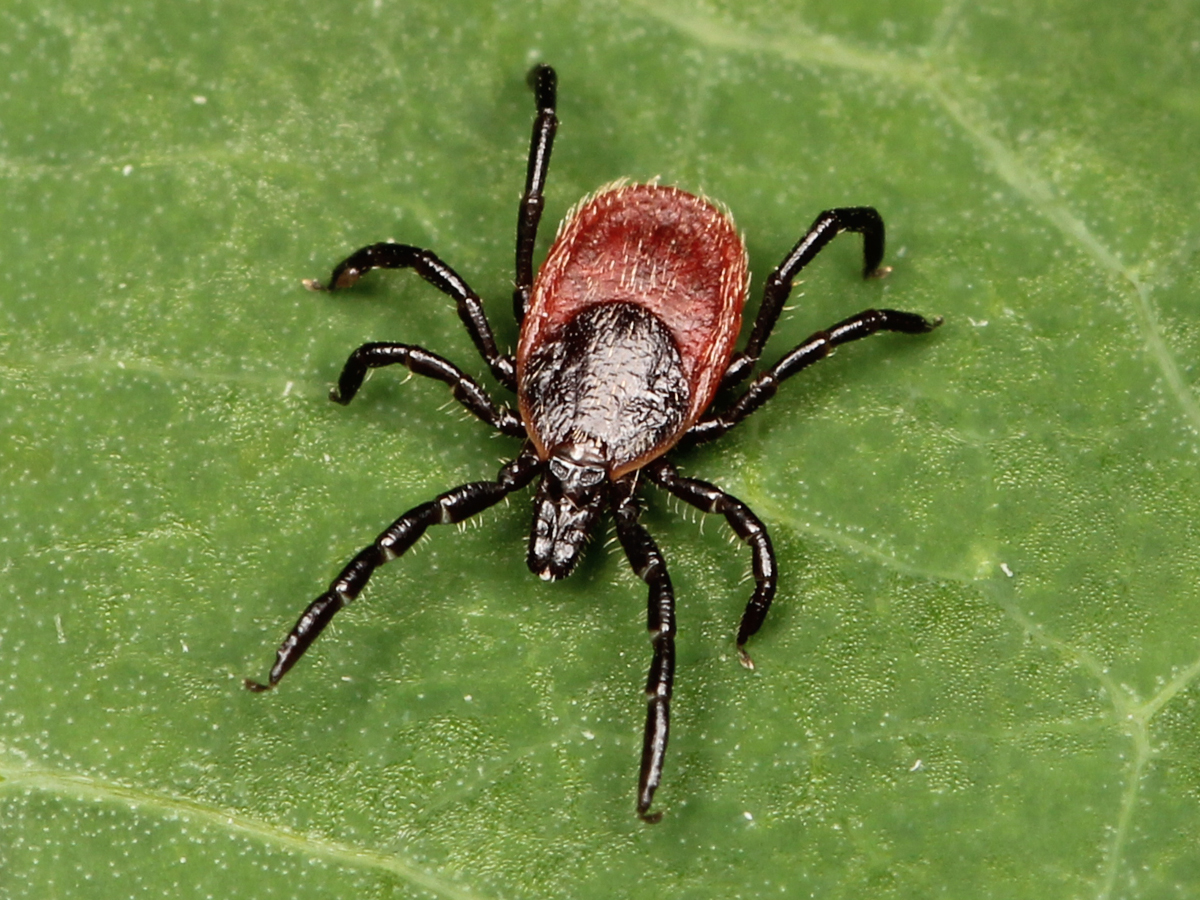Misconception: The black-legged tick, not the lone star, carries the bacteria that cause Lyme disease, according to a review of evidence
10/17/2018 / By Ralph Flores

One fact that people know about Lyme disease is that ticks cause it. As to which tick causes the condition – which the Centers for Disease Control and Prevention reports as the most commonly reported vector-based illness in the U.S. – is where the confusion starts.
Lyme disease, of which the causative agent is the spirochetal bacterium Borrelia burgdorferi, is known to be transmitted to humans through the black-legged tick. However, with the lone star tick’s recent spread to northern regions, many have also associated it with the spread of Lyme disease.
In a paper that was published in the Journal of Medical Entomology, researchers highlighted that lone star ticks – while they carry with them pathogenic bacteria – are not responsible for Lyme disease.
The research team concluded this after combing through 30 years’ worth of articles and studies about Lyme disease.
In earlier studies, which associated B. burgdorferi with lone star ticks, the links were determined using methods that are not specific to Borrelia bacteria. According to researchers, spirochetes were likely to be from other species, or from hosts that were already infected with Lyme disease. Currently, B. burgdorferi is rarely detected in lone star ticks, and when it is, it is usually from a bloodmeal of an infected host. Moreover, B. burgdorferi strains in lone star ticks did not show vector competency when they were tested.
Previous studies have also indicated that certain strains of B. burgdorferi in the southeastern U.S. are “better adapted” by other ticks aside from the black-leg tick. However, subsequent reviews have revised this to Borrelia lonestari – the pathogen once thought to be responsible for Southern Tick-Associated Rash Illness (STARI), a condition which resembles Lyme disease in its early stages. In addition, B. burgdorferi was never successfully cultured in lone star ticks, and no infection from the bacteria was noted in a surveillance of 52,000 ticks.
“This indicated to me and my colleagues working on tick-borne disease in the Southeast that it was time for a comprehensive review of all the literature on lone star ticks and Lyme disease,” explained lead researcher Ellen Stromdahl. “I knew that dozens of investigations of lone star ticks for the Lyme bacteria had been published more recently, in the last 15 years, but perhaps they were being overlooked because the focus of these studies was the bacteria once thought responsible for causing STARI, Borrelia lonestari.”
Researchers also found a chemical which destroys B. burgdorferi in the saliva of lone star ticks, which was noted in 99.5 percent of all ticks.
“Lone star tick saliva is a very effective barrier against B. burgdorferi – it literally explodes them,” according to Dr. Graham Hickling, a contributor to the study. “Lone star ticks are constantly being exposed to B. burgdorferi as they feed on infected animals, but the bacteria species has never been cultured from a lone star tick in a lab. However, it has been cultured from rodents and blacklegged ticks in the Southeast.”
Researchers believe that debunking this misconception will raise awareness of other problems that are caused by lone star ticks. It comes at a good time as well, since getting the spotlight off Lyme disease puts other tick-borne illnesses – some of which are still under research and have the potential to be as dangerous – to the fore.
Learn how to help stave off Lyme disease and other tick-borne illnesses by going to NaturalHealth.news today.
Sources include:
Tagged Under: Amblyomma americanum, black-legged tick, Borrelia burgdorferi, Diseases, Lone Star tick, Lyme disease, research, science, tick-borne illnesses


















